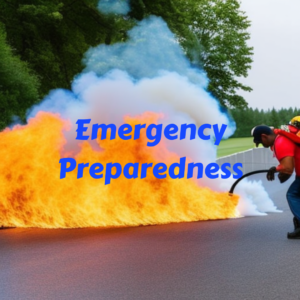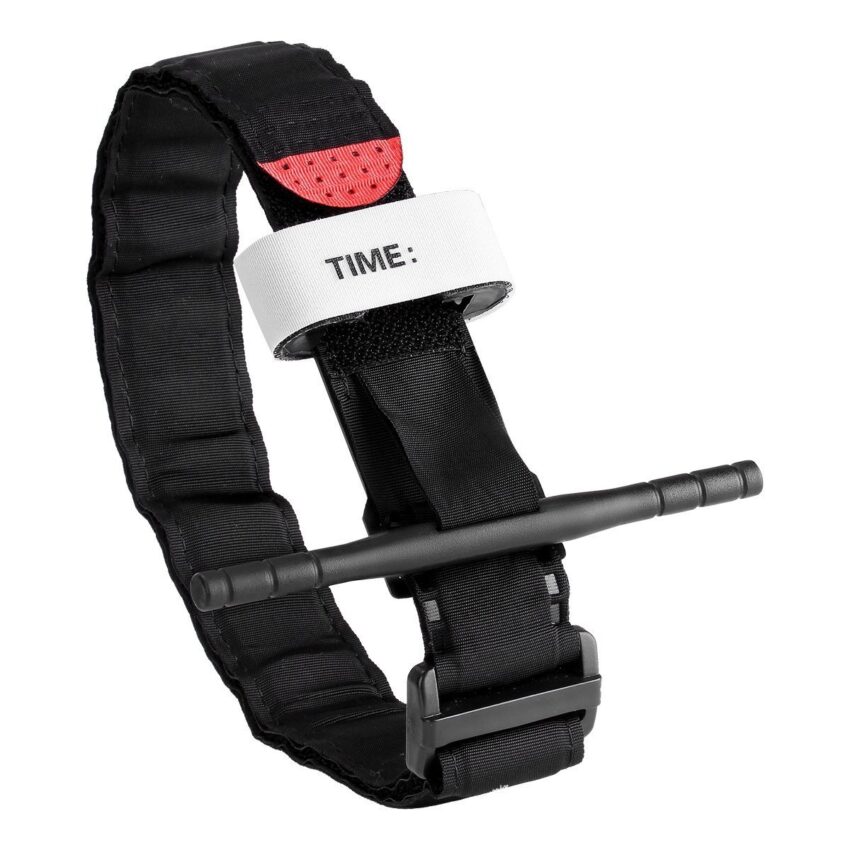As one of the primary tools used in the Stop the Bleed program, tourniquets are an important tool in managing bleeding in emergency situations. They are medical devices that apply pressure to a limb to stop the flow of blood. While tourniquets can be a life-saving tool, they must be used correctly to prevent further harm to the patient. It is best to obtain professional training and perform hands on practice with tourniquets before you need them.
But, in an emergency, when using a tourniquet you should always:
- Use tourniquets as a last resort: Tourniquets should only be used when other methods of bleeding control have failed, or in situations where it is not possible to control the bleeding by other means. This generally means a significant arterial bleed (bright colored, spurting blood) or an amputation.
- Apply the tourniquet high and tight: A tourniquet should be applied high on the limb, as close to the injury as possible. The tourniquet should be tight enough to stop the bleeding. A properly applied tourniquet will hurt. Do not place it directly over a joint such as an elbow or knee because it may cause additional damage and may not be able to constrict the artery.
- Use a wide tourniquet band: A tourniquet band should be at least 1.5 inches wide to avoid cutting into the skin and causing further injury.
- Do not remove the tourniquet once it is applied: Removing a tourniquet too soon can cause the bleeding to start again. Toxins and blood clots can also build up behind a tourniquet. The old advice to periodically loosen a tourniquet has been completely disprooven in the last 20 years. Only a qualified healthcare professional should remove the tourniquet once it has been applied.
- Use a commercial tourniquet if available: Commercial tourniquets, such as the Combat Application Tourniquet (CAT) or the SOF Tourniquet, have been extensively tested and are easy to apply correctly. If a commercial tourniquet is not available, a cloth or improvised tourniquet can be used, but it may not be as effective.
- Monitor the patient’s condition: Once a tourniquet has been applied, it is important to monitor the patient’s condition closely.
- Seek medical attention immediately: Even if bleeding has been successfully controlled with a tourniquet, it is important to seek medical attention as soon as possible. Tourniquets can cause damage to tissues and nerves, and the limb may require additional medical attention.
In conclusion, tourniquets can be an effective tool in managing bleeding in emergency situations, but they must be used correctly to prevent further harm to the patient. Following these guidelines can help ensure the safe and effective use of tourniquets in emergency situations.
Contact Yod Training Group for information about our Stop the Bleed and other medical and emergency preparedness training in Michigan.



